
Indiana Jones Epic Stunt Spectacular.Copyright © Scott Thomas Photography 2007
Nikon D70/18-200VR, 1/13s shutter, f5.6, 1600 ISO, -0.3 EC
In a previous blog entry, Barrie talked about ways to stabilize your camera when shooting in low light at Walt Disney World. Camera system manufacturers now have another alternative for you. New lenses which compensate for image blur caused by small, involuntary movements (wobbly hands, shooting from a moving vehicle, etc.) called camera shake. Manufacturers have various names for this technology. Canon calls it Image Stabilizer (IS) technology while Nikon’s Vibration Reduction (VR) system help give you sharp images with their digital SLR cameras. Other manufacturers and third-party lens makers like Sigma and Tamron have their own versions.
The links I’ve supplied above will give you the technical details of how these lenses work, I just know that they do. The picture taken during the first scene of the Indiana Jones Epic Stunt Spectacular at the Disney-MGM Studios is an example of a Nikon vibration reduction lens at work. This image was captured using available light at a shutter speed of 1/13 second using the Nikon 18-200mm VR zoom lens fully extended to 200mm. The best part is, I was sitting in the third row of the theater and hand holding my camera. One must still take steps to stabilize the camera by holding arms in close to the body, holding one’s breath and slowly pressing the shutter, however, these lenses will produce a higher percentage of great images in low light conditions. So, the next time you are told, “No flash photography”. Smile knowing your VR or IS lens will allow you to capture the show.
You do know photography can be an expensive hobby, right? These new lenses are no exception, ranging in price from $250 to over a $1,000 depending on the focal length, zoom range and speed of the lens. Nikon claims and I have been successful getting an extra two stops without the need for a tripod. This means while I would normally not use shutter speeds below 1/60th of a second. Using the VR lens, I get excellent results at 1/15th of a second or lower hand holding my camera. These lenses will never replace a tripod but they do give you more flexibility for those times you can’t or won’t carry one with you.


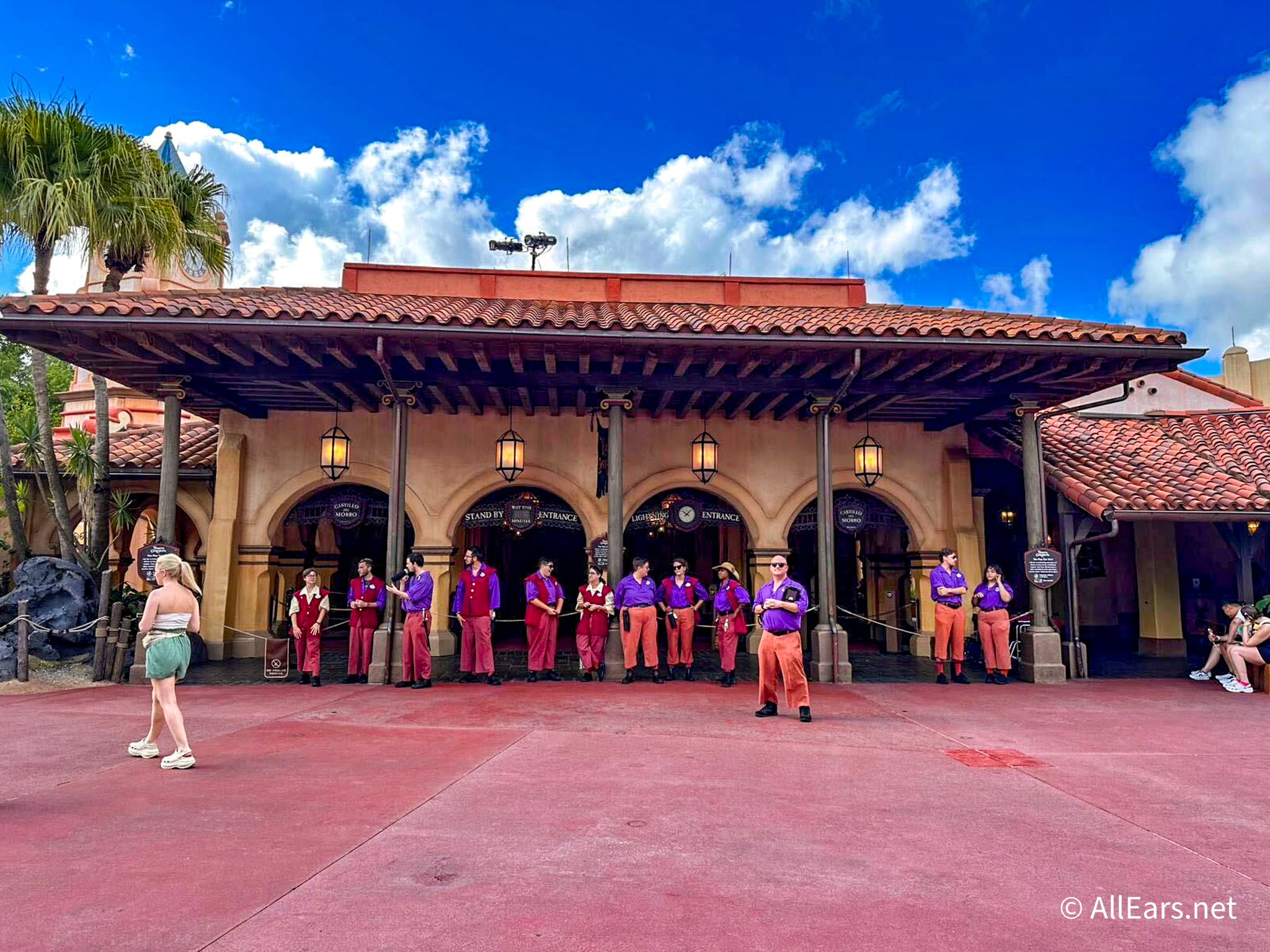
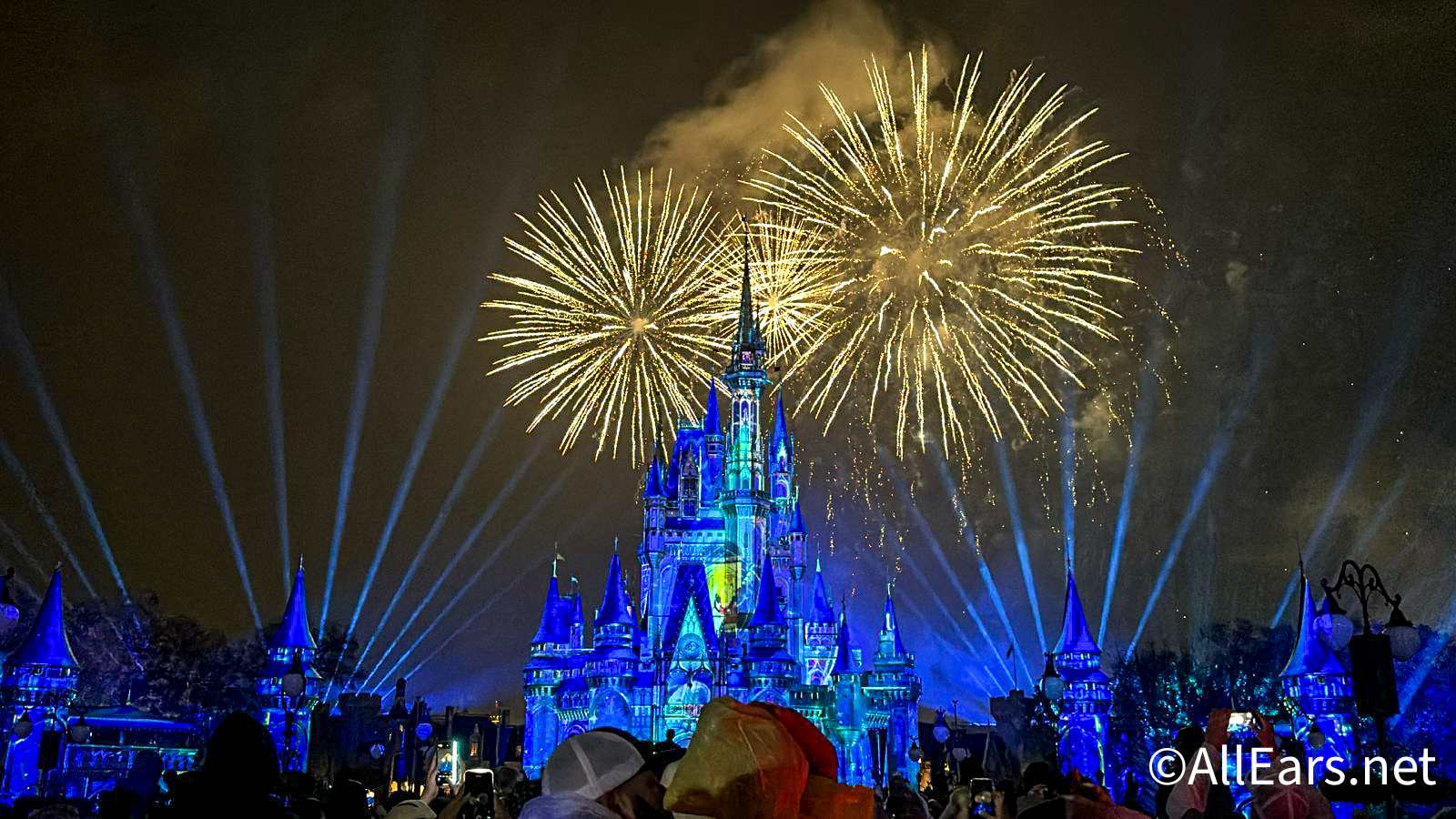



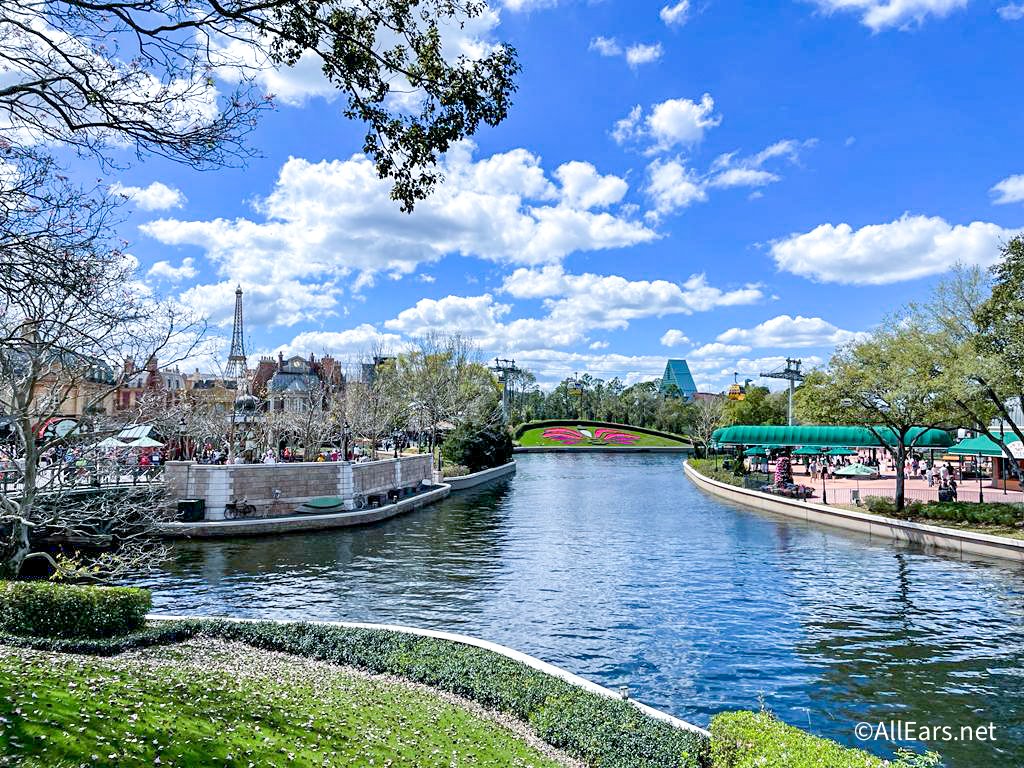
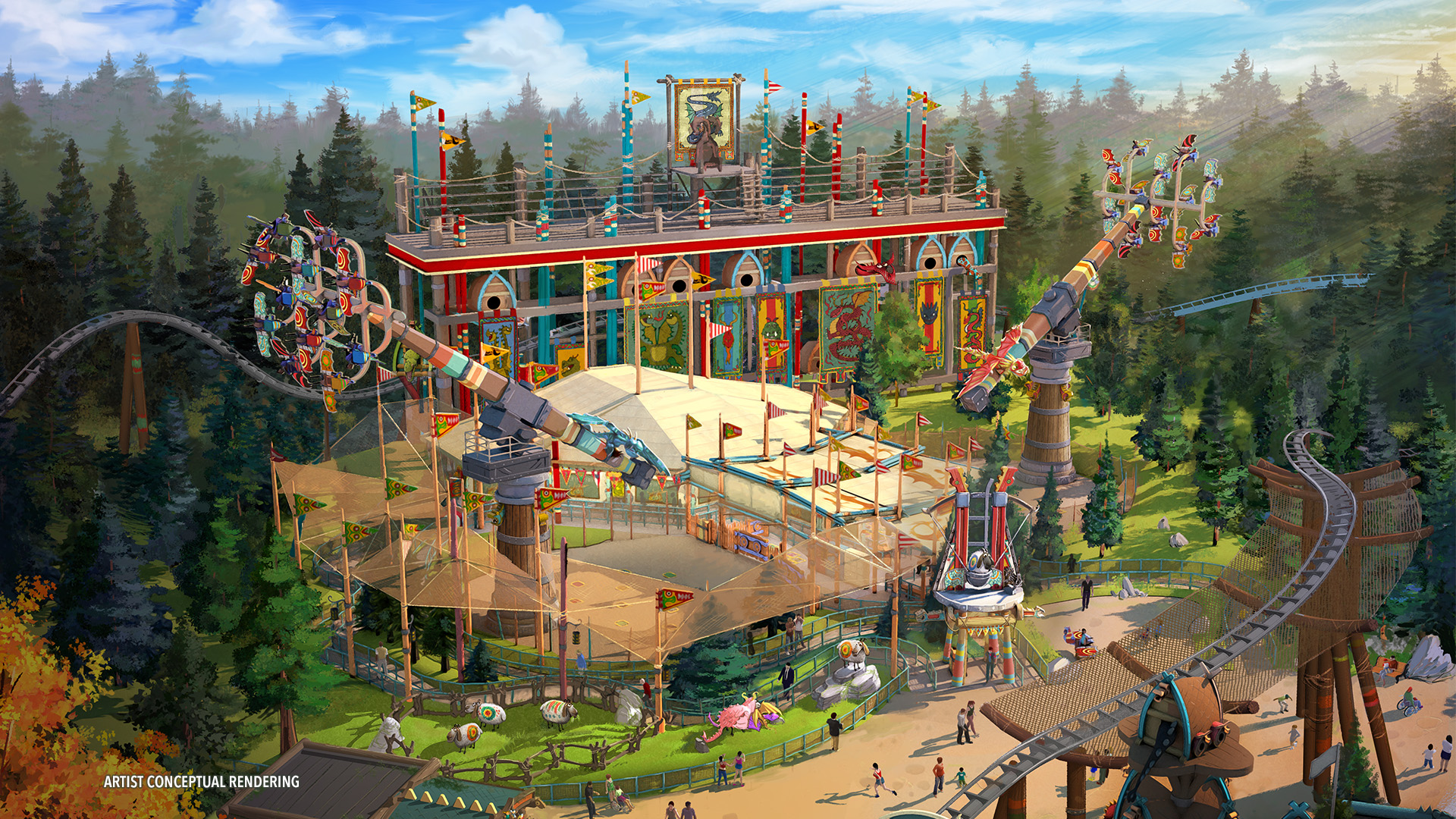
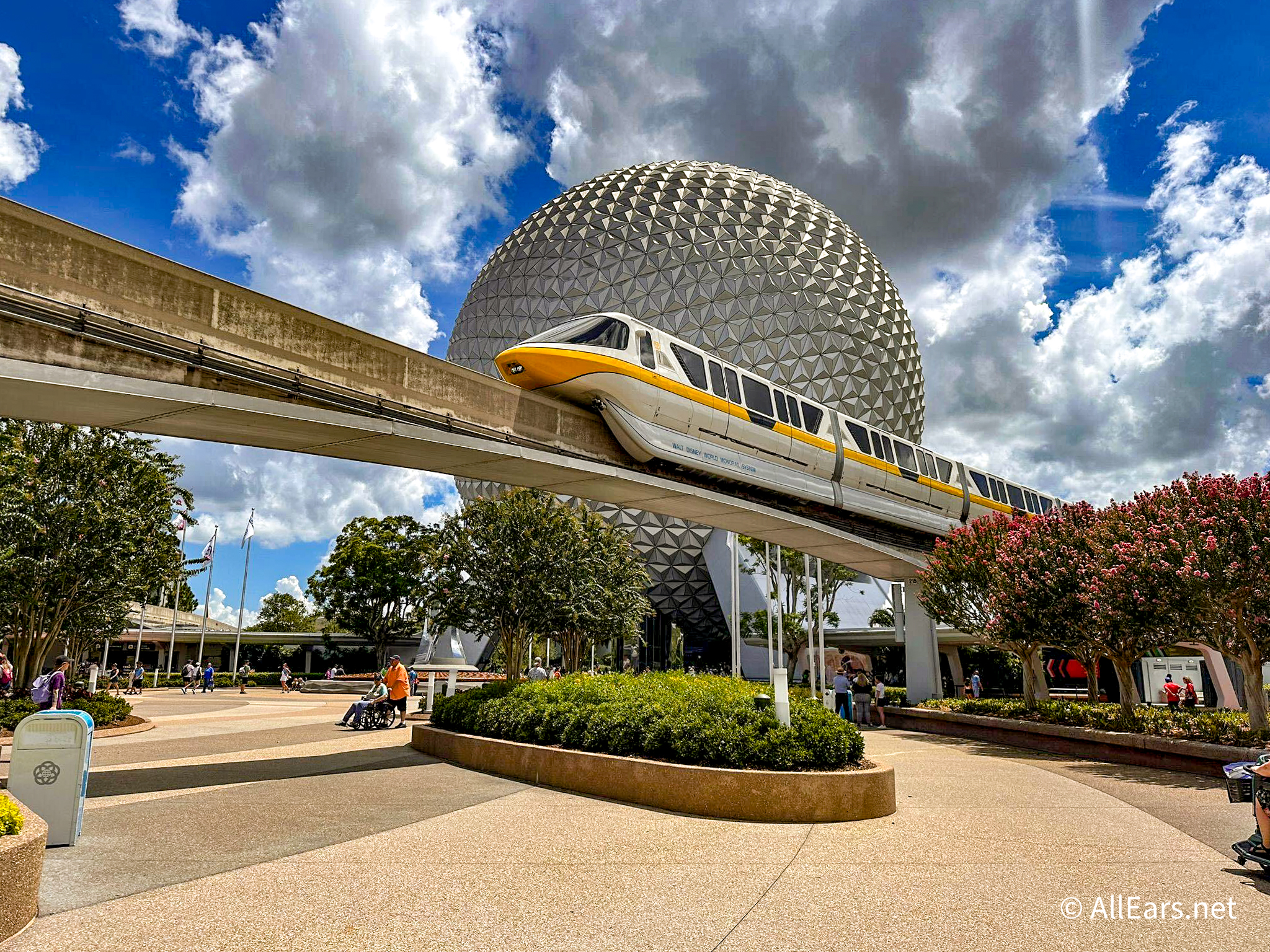




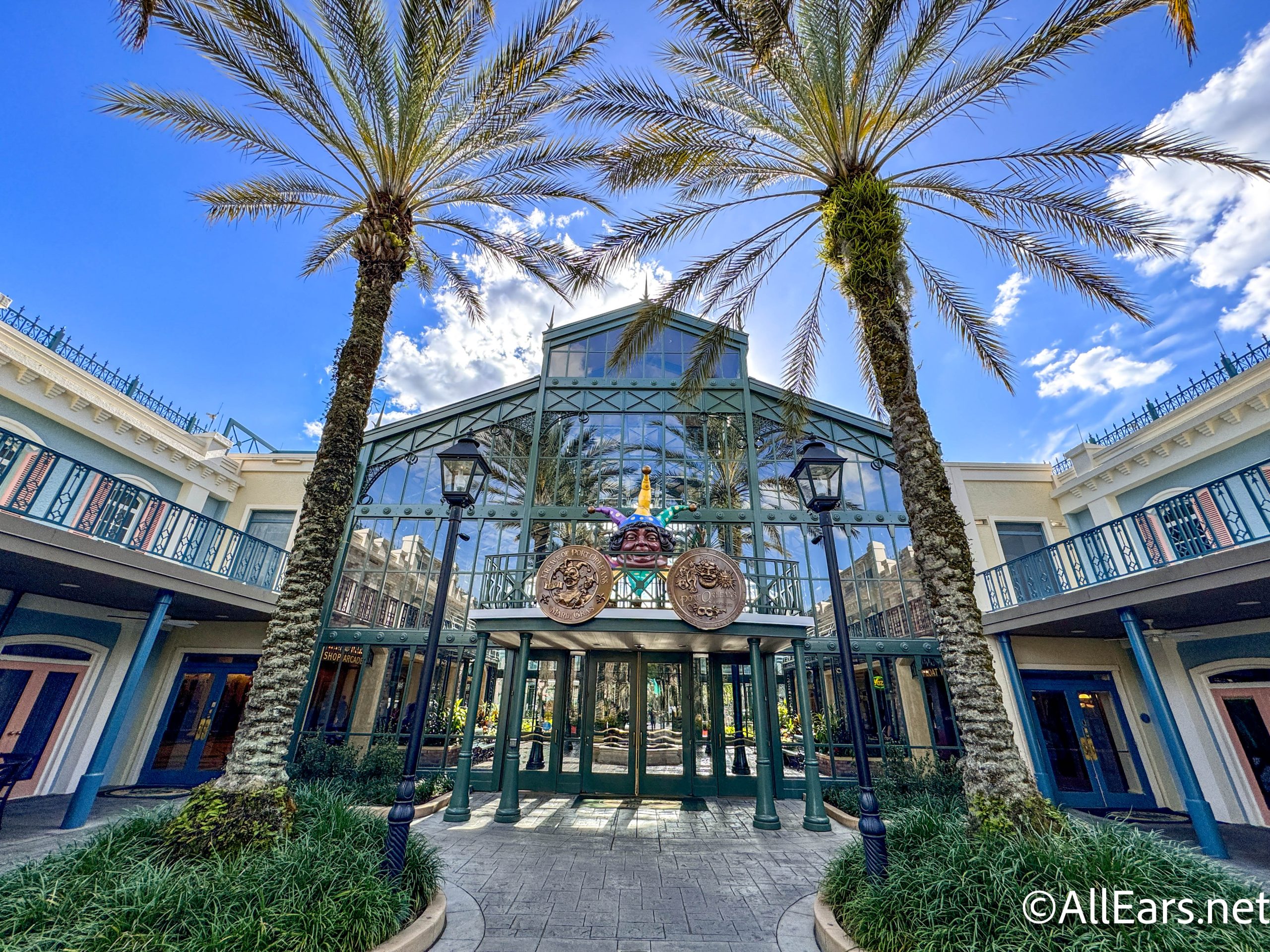
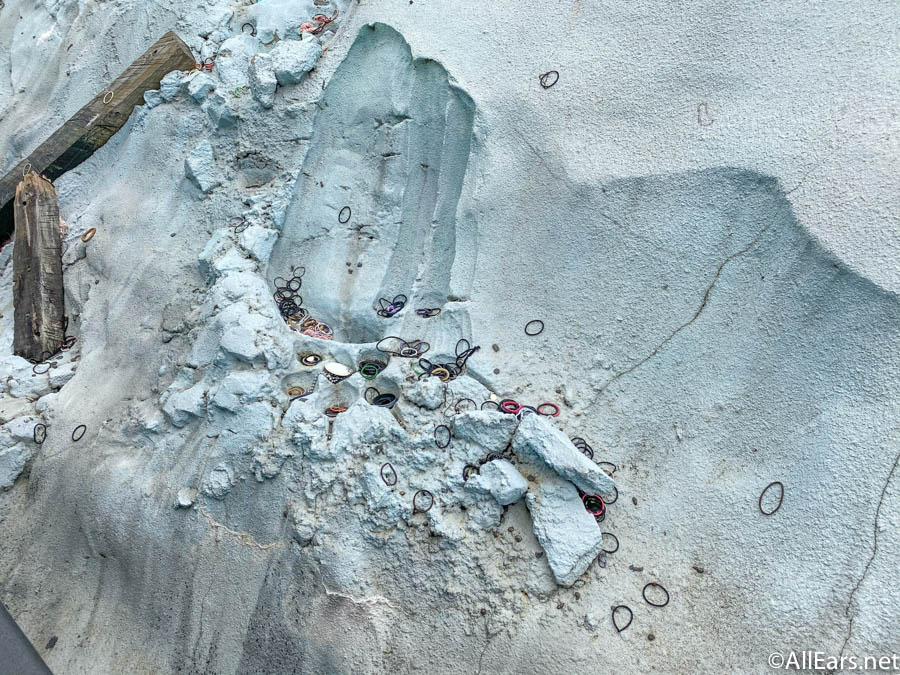

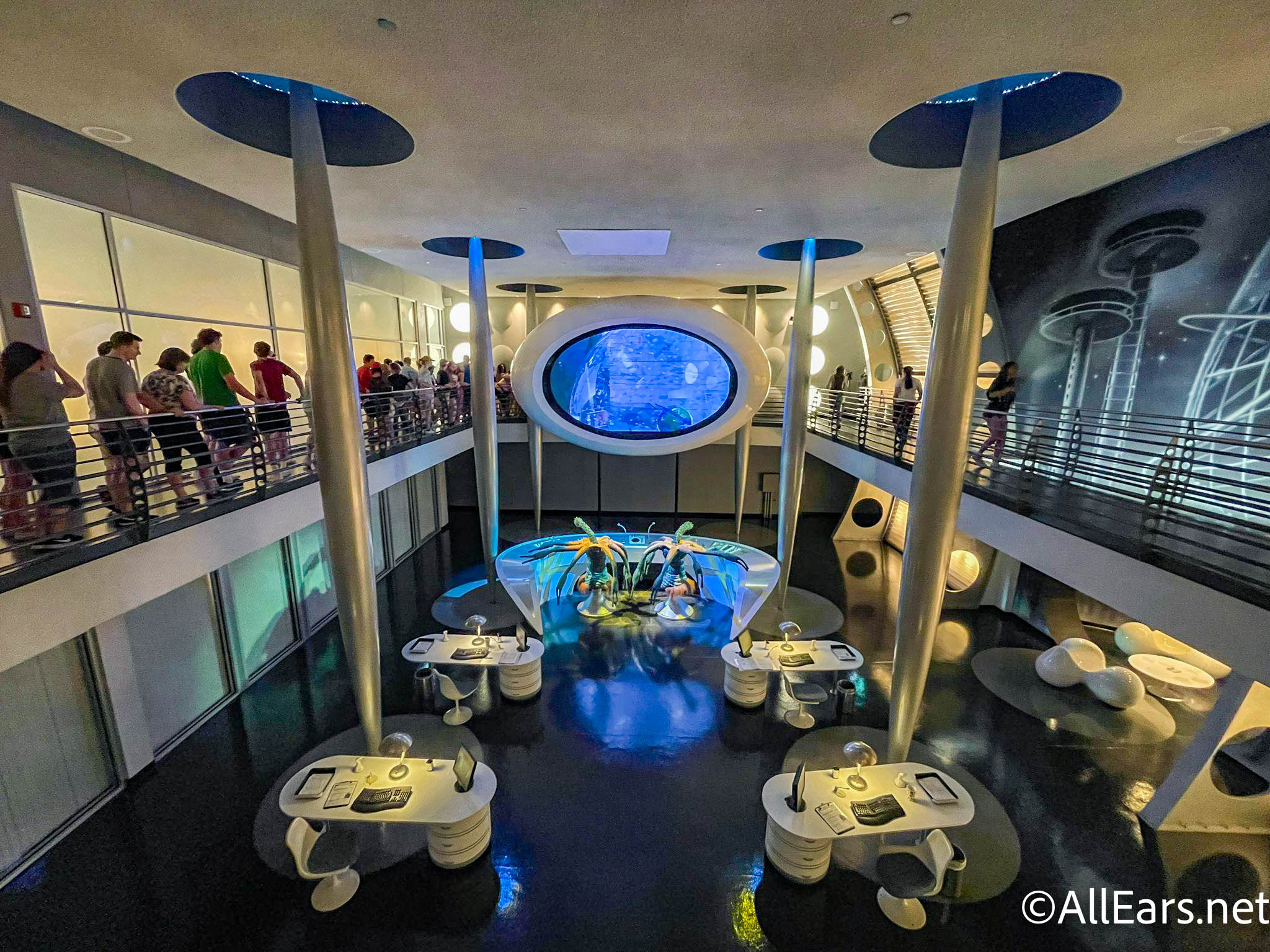


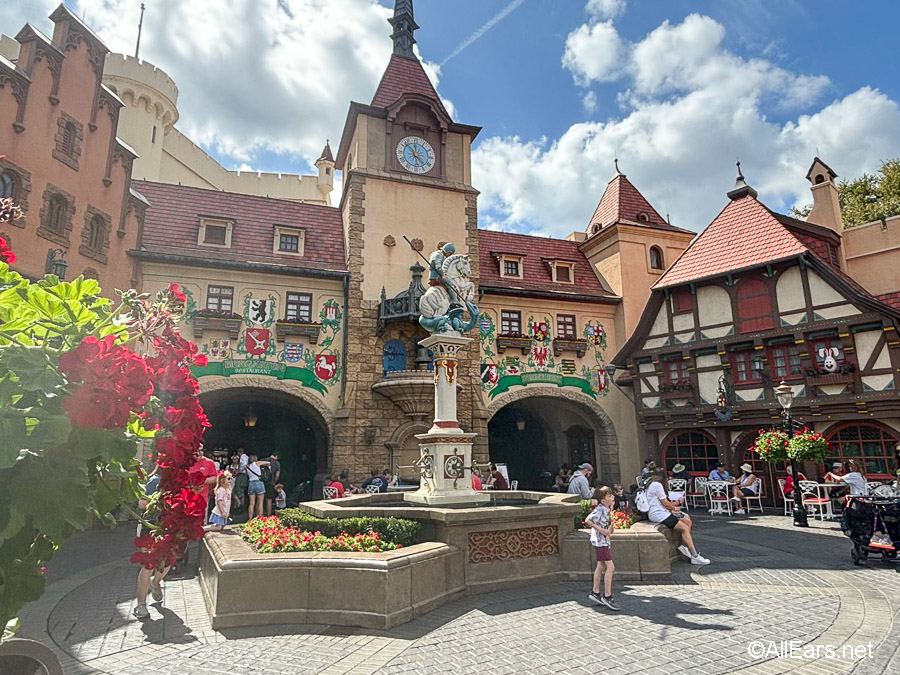
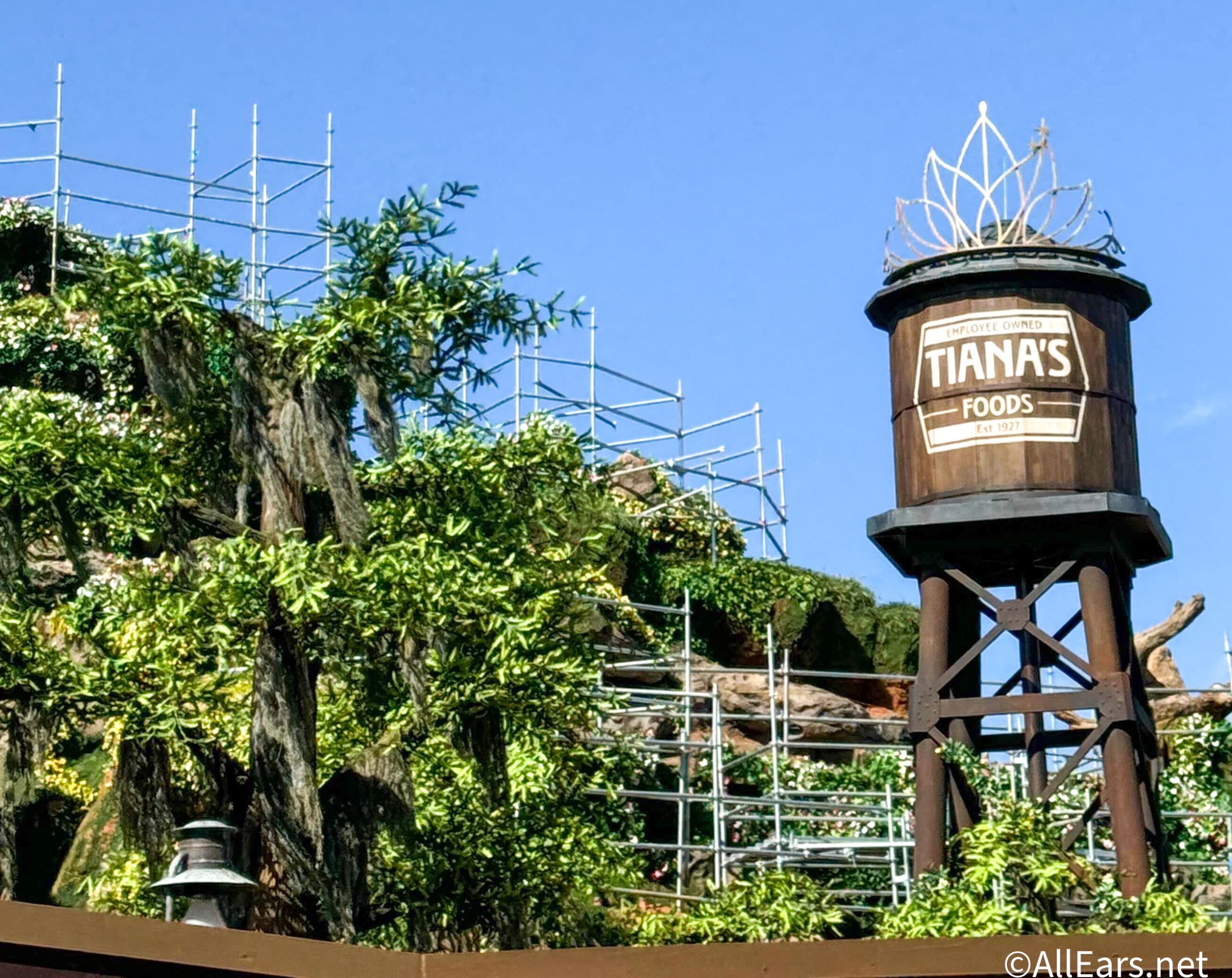

Trending Now
See what a Disney EXPERT does when a ride is CLOSED!
Fireworks are an iconic way to end your Disney World day! But as sunset gets...
Don't miss out on these super low prices on Amazon for a bunch of cool...
A Disney World Passholder event is returning soon!
With the EPCOT International Food and Wine Festival right around the corner, make sure you...
We use these seven cheats at Disney World's EPCOT all the time.
Universal just posted a sneak peek at NEW Epic Universe rides!
You'll need to know about this date in Disney World!
Victoria & Albert's at Disney World just received a MICHELIN Star!
If you're planning to visit Magic Kingdom during Halloween season this year, we have one...
This once-canceled TV show just got renewed for an eighth season.
I go to Disney World alone A LOT, and these are the restaurants that never...
This is the BEST Disney World hotel according to our readers, and you can't convince...
Here are the trends at Disney World that AllEars readers really don't like.
We have an update on the new theme park coming to Oklahoma, thanks to former...
Two rides have announced months-long closures at Universal Studios Orlando!
We took a trip to Adventureland and found some must-have souvenirs!
There will soon be a NEW way to get to Disney World and Universal from...
We've become quite fond of these new (and very popular) bags, which is why we're...
Disney is bringing Leah Chase's family to the Magic Kingdom!